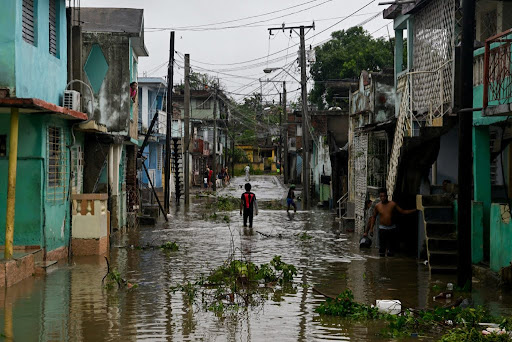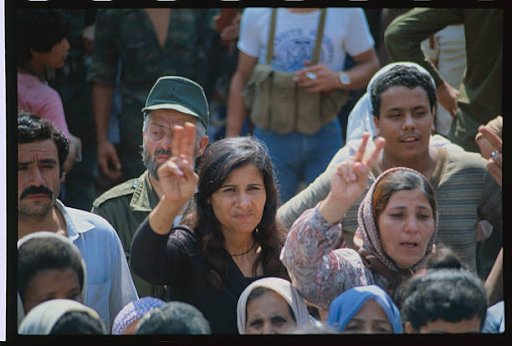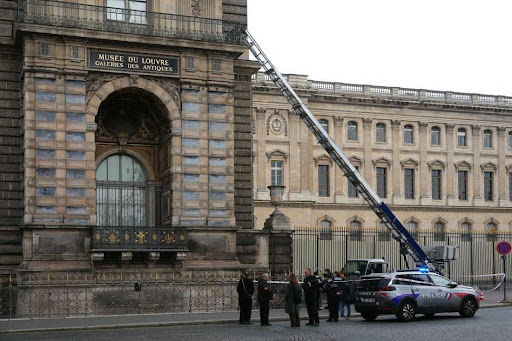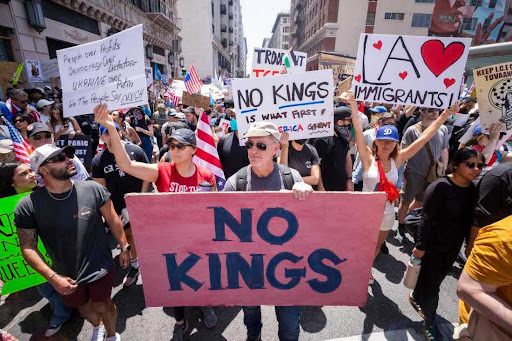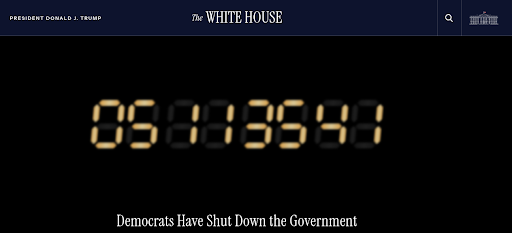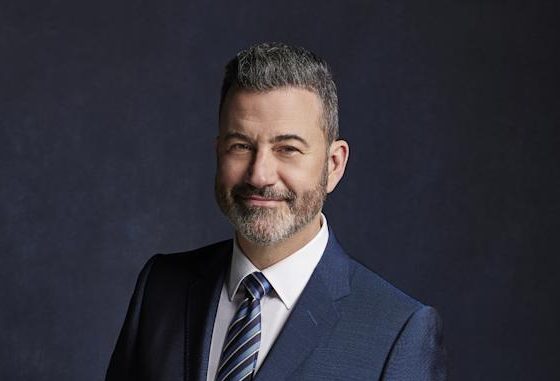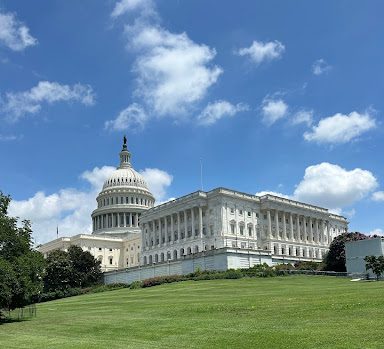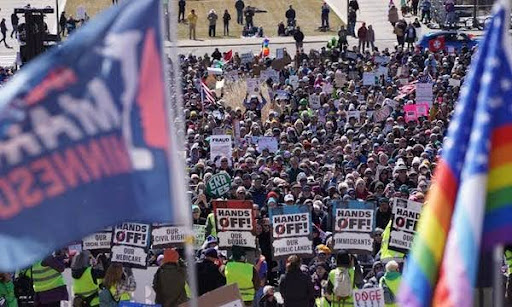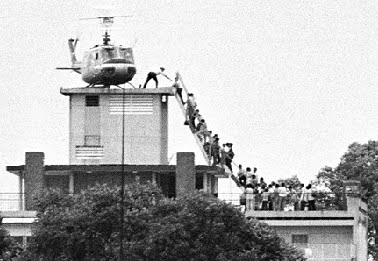
50 years ago, on April 30th, North Vietnamese tanks knocked down and rolled over the gates of the Saigon Presidential Palace, South Vietnam. Upon storming the palace, North Vietnamese troops arrested South Vietnamese President Dương Văn Minh, who declared that the Saigon government had dissolved at all levels and turned over authority. America’s ally for nearly two decades fell to communist control after a bloody, decades-long conflict. By the end of the war, 1.4 million South Vietnamese civilians, 250,000 or more South Vietnamese soldiers, and more than 58,000 American soldiers had died.
The day prior had been an exhaustive and hasty evacuation of South Vietnam’s capital city, Saigon. Families were torn apart, soldiers opted to stay and continue to fight, people rushed into the last of the US military aircraft in the city, and millions of citizens attempted to escape before the last push by the North Vietnamese Army. President Ford, who presided over the last months of South Vietnam’s existence following President Nixon’s resignation, ordered all US State Department personnel to evacuate the country. It was not until the early morning of April 30th that US Ambassador Graham Martin departed the US Embassy with the last Marines stationed there.
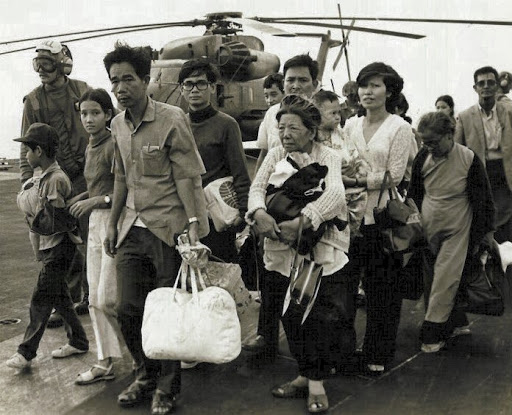 At Tan Son Nhut International Airport/Air Base, America’s presence in South Vietnam rapidly dissolved with Sikorsky Sea Stallions and various other aircraft quickly fleeing towards the US fleet offshore. Beyond just evacuating US military personnel, Operation Frequent Wind saw 7,000 South Vietnamese citizens, my grandfather’s family included, evacuated aboard the US aircraft. Millions of other South Vietnamese would have to escape by boat or air, or be forced to potentially endure the re-education camps of the North Vietnamese government.
At Tan Son Nhut International Airport/Air Base, America’s presence in South Vietnam rapidly dissolved with Sikorsky Sea Stallions and various other aircraft quickly fleeing towards the US fleet offshore. Beyond just evacuating US military personnel, Operation Frequent Wind saw 7,000 South Vietnamese citizens, my grandfather’s family included, evacuated aboard the US aircraft. Millions of other South Vietnamese would have to escape by boat or air, or be forced to potentially endure the re-education camps of the North Vietnamese government.
The fallout of the Vietnam War was not just felt by the Vietnamese people. Many American veterans would suffer life-changing ailments afterwards, perhaps the most prolific was the long-lasting psychological impact. Physical wounds would remain with US soldiers for the rest of their lives, leading many to question why they were even sent to war in a faraway country to begin with. The draft forcibly sent young men to serve, and in some cases, die, in a country thousands of miles from the continental United States. 58,220 American soldiers would lose their lives in the conflict. Memorials in their honor have been constructed across the country, with the humbling Vietnam Veterans Memorial in Washington D.C., having all 58,000+ names etched in the black granite.
With 50 years having passed, what is immediately noticeable is how modern the Fall of Saigon was. 50 years is easily within the lifetime of millions of Americans. In the 50 years since, democratic nations remain under attack; Iran fell in the late 1970’s to an authoritarian theocracy, Kuwait in the 1980s, Israel in the 1970’s, 80’s, 90’s, 2000’s, 2010’s, and 2020’s, Afghanistan in 2021, and Ukraine’s war with Russia. With democracy just one generation away from extinction, as President Reagan once said, it takes vigilance and an unyielding strength among all citizens of democratic nations to ensure that democracy, wherever in the world, endures, or they will be forced to go the route of South Vietnam, and fall to enemies of freedom.

